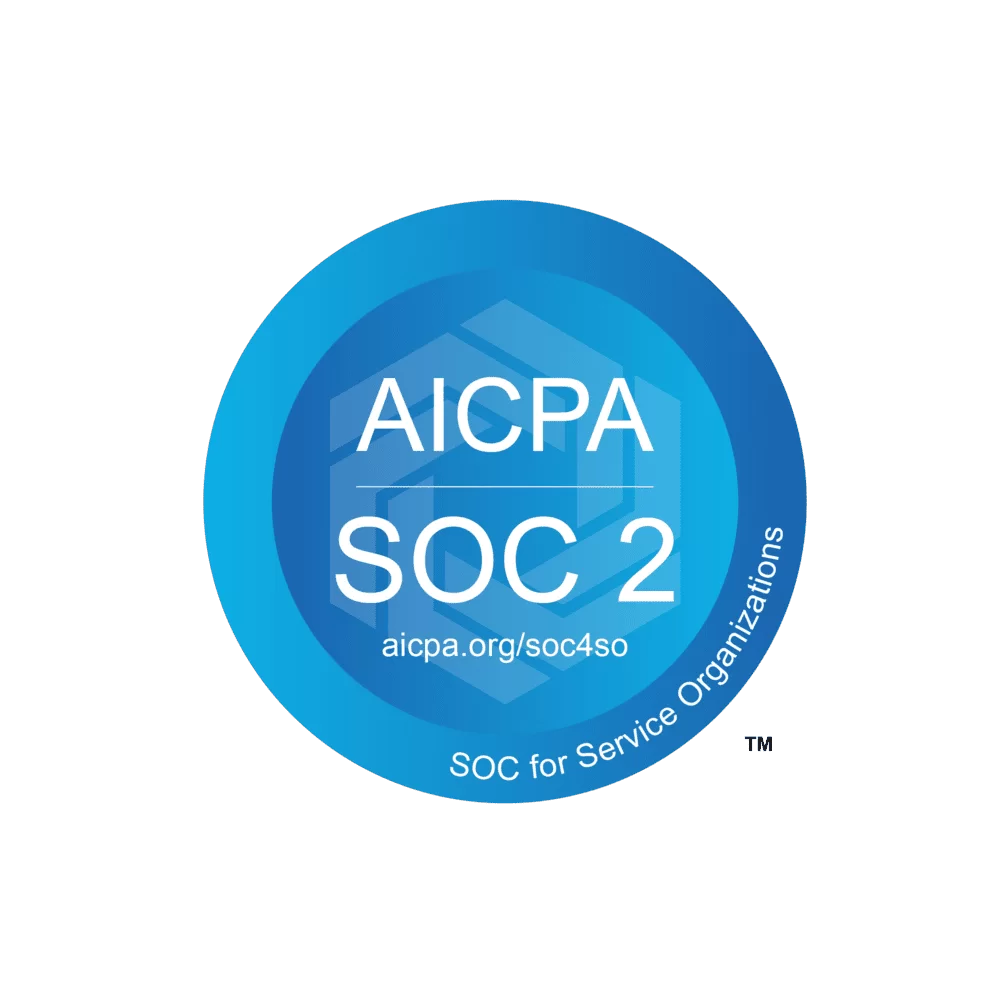A CASB is a software tool that sits between a company's on-premises infrastructure and its cloud services, providing an additional layer of security. The CASB is designed to monitor and control access to the cloud, ensuring that only authorized users and devices can access the company's data and applications.
So, do you need a CASB in 2022? The answer to this question depends on a number of factors, including the size and complexity of your organization, the sensitivity of your data, and the potential risks associated with a security breach.
If your company handles sensitive information, such as personal data or financial records, then a CASB can provide an extra layer of protection. By monitoring access to the cloud, a CASB can help to prevent unauthorized access to your data and alert you to any suspicious activity. This can be especially important if your company is subject to regulatory compliance requirements, such as the General Data Protection Regulation (GDPR) or the Payment Card Industry Data Security Standard (PCI DSS).
Additionally, a CASB can provide valuable insights into the way your employees are using cloud services. By tracking their access patterns and usage habits, a CASB can help you to identify potential security risks and take action to address them. For example, if an employee is accessing cloud services from an unsecured device, or using weak passwords, a CASB can alert you to the issue and help you to take corrective action.
On the other hand, if your company is small and has relatively simple cloud usage, then the additional layer of security provided by a CASB may not be necessary. In this case, the cost and complexity of implementing a CASB may outweigh the potential benefits.
In short, whether or not you need a CASB in 2022 depends on the specific circumstances of your organization. If you handle sensitive data and are subject to compliance requirements, or if you have a large and complex cloud environment, then a CASB can provide valuable protection and insights. However, if your company is small and has relatively simple cloud usage, then the cost and complexity of a CASB may not be justified. Ultimately, the decision to use a CASB should be based on a thorough assessment of your company's needs and risks.
Maximizing Security and Efficiency in the Cloud with a CASB
Above, we discussed whether or not you need a cloud access security broker (CASB) in 2022. In this post, we will explore the benefits of having a CASB in more detail.
First and foremost, a CASB provides an additional layer of security for your organization's data and applications in the cloud. By monitoring and controlling access to the cloud, a CASB can prevent unauthorized access and alert you to any suspicious activity. This can help to protect your company against security breaches and protect sensitive information, such as personal data and financial records.
A CASB can also provide valuable insights into the way your employees are using cloud services. By tracking their access patterns and usage habits, a CASB can help you to identify potential security risks and take action to address them. For example, if an employee is accessing cloud services from an unsecured device, or using weak passwords, a CASB can alert you to the issue and help you to take corrective action.
In addition to security benefits, a CASB can also help your organization to comply with regulatory requirements. If your company is subject to compliance requirements, such as the General Data Protection Regulation (GDPR) or the Payment Card Industry Data Security Standard (PCI DSS), a CASB can provide the necessary controls and monitoring to ensure compliance.
Finally, a CASB can help to simplify the management of your cloud environment. By providing a single, centralized platform for managing access to the cloud, a CASB can reduce the complexity and overhead associated with managing multiple cloud services. This can help to improve the efficiency and effectiveness of your organization's cloud operations.
To recap, the benefits of having a CASB in 2022 include enhanced security, improved compliance, and simplified management of your cloud environment. If your organization handles sensitive data and is subject to compliance requirements, or if you have a large and complex cloud environment, then a CASB can provide valuable protection and insights.
SaaS Security Posture Management vs. CASB: Which is Right for Your Organization?
In recent years, the use of cloud-based services has become increasingly common in businesses of all sizes. As more and more organizations migrate their data and operations to the cloud, the need for effective security measures has become more important than ever.
Two security solutions that have gained traction in recent years are security posture management (SPM) platforms and cloud access security brokers (CASBs). While both of these solutions are designed to provide security for cloud-based services, they differ in terms of their scope, capabilities, and deployment models.
A SaaS security posture management (SSPM) platform is a cloud-based solution that provides organizations with a comprehensive view of their security posture across all of their assets, including on-premises infrastructure, cloud services, and mobile devices. SSPM platforms are typically delivered as a service, and are accessed through a web-based interface.
In contrast, a CASB is a software tool that is installed on an organization's on-premises infrastructure and is used to monitor and control access to the cloud. CASBs are typically deployed as a proxy between the organization's on-premises network and its cloud services, and are designed to provide an additional layer of security.
One key difference between SSPM platforms and CASBs is their scope and capabilities. SSPM platforms provide a more comprehensive view of an organization's security posture, and are able to identify and address a wider range of security vulnerabilities and threats. In contrast, CASBs are primarily focused on monitoring and controlling access to the cloud, and may not provide the same level of visibility and control over the entire security posture.
Another difference is the deployment model. SSPM platforms are typically delivered as a cloud-based service, and do not require any additional hardware or software to be installed on the organization's on-premises infrastructure. In contrast, CASBs are typically deployed as a software tool on the organization's on-premises network, and may require additional hardware and software to be installed and configured.
In conclusion, while both SSPM platforms and CASBs are designed to provide security for cloud-based services, they differ in terms of their scope, capabilities, and deployment models. SSPM platforms provide a more comprehensive view of an organization's security posture, and are typically delivered as a cloud-based service, while CASBs are primarily focused on monitoring and controlling access to the cloud, and are typically deployed as a software tool on the organization's on-premises network.




.svg)


